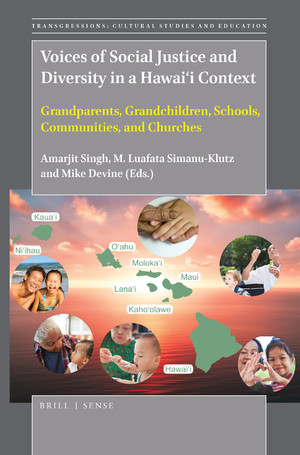A law researcher who has falsely claimed to have been affiliated with several institutions has lost eight more publications, bringing his retraction total to 31 and earning him a spot in the top 20 of our leaderboard.
The most recent retractions for Dimitris Liakopoulos include The Regulation of Transnational Mergers in International and European Law, an entire book he co-authored. They also include three papers from Homa Publica and two from Lex et Scientia International Journal. An example:
Continue reading Legal researcher who claimed false affiliation up to 31 retractions








